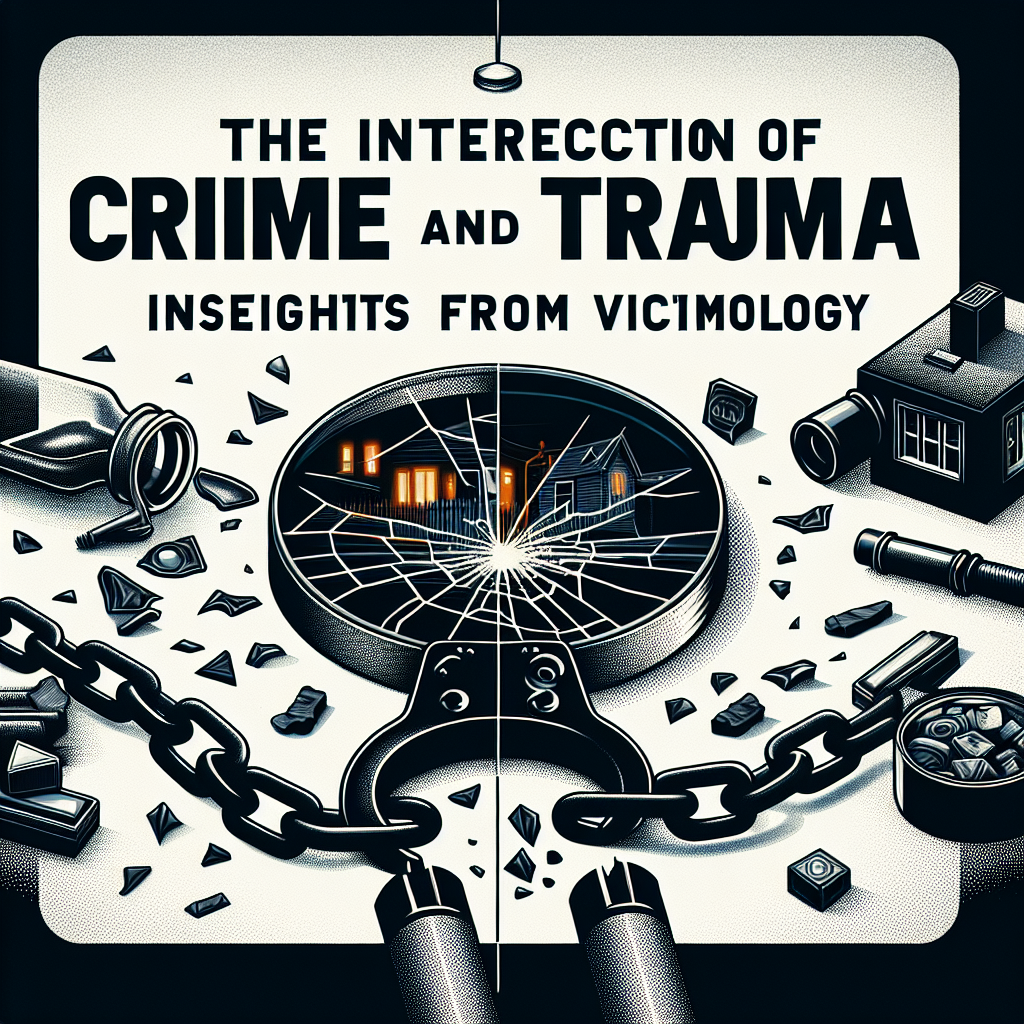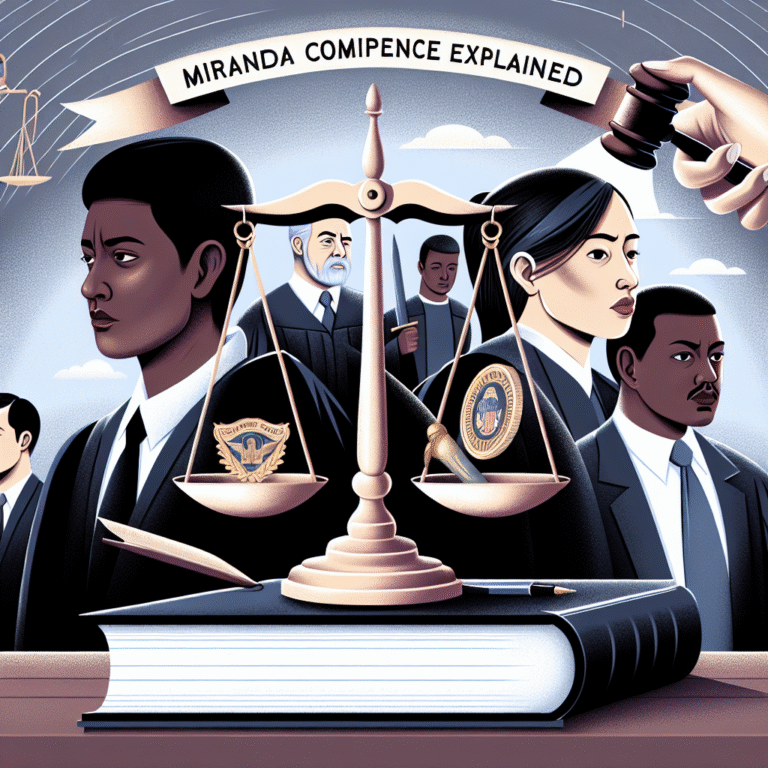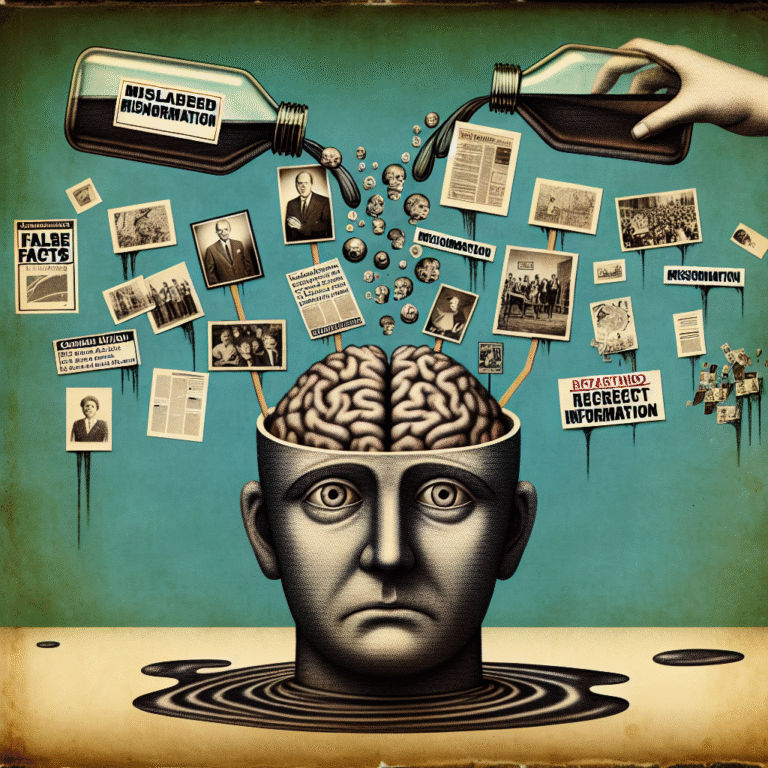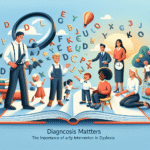
Introduction
Imagine a young woman walking home after a late shift, feeling the chill of the night air mixed with the comfort of familiarity surrounding her neighborhood. Suddenly, she becomes a victim of a violent crime. The aftermath not only alters her perception of safety but also ingrains trauma that shapes her reality for years to come. This scenario exemplifies an important yet often overlooked topic in both criminology and psychology: the intersection of crime and trauma. Understanding this intersection is essential for developing effective support systems, preventing future victimization, and fostering a healthier society.
As we delve into "The Intersection of Crime and Trauma: Insights from Victimology," we’ll uncover the deep psychological impacts of crime on victims, the relationship between trauma and criminal behavior, and the broad societal implications that arise when we fail to properly address the needs of victims. Through detailed case studies, tables of statistics, and actionable insights, this article aims to provide compelling reasons for heightened awareness and understanding of the complex interplay between crime and trauma.
The Foundations of Victimology
Understanding Victimology
Victimology is the study of victims and the patterns of how they are victimized. It not only examines the psychological effects of crime on victims but also explores systemic factors that contribute to their victimization. By placing a lens on the diverse experiences of victims, the field advocates for a shift from merely punishing offenders to a more restorative approach that emphasizes healing and support for those affected.
Trauma: A Multifaceted Experience
Trauma is a deeply personal experience that varies greatly among individuals. It can stem from a single intense incident, such as a violent crime, or be prolonged, as seen in cases of domestic abuse or human trafficking. Understanding the nuances of trauma is crucial for victimology, as it helps in assessing psychological impacts, designing interventions, and creating supportive environments for recovery.
The Psychological Impact of Crime on Victims
Case Study: The Aftermath of Assault
Take, for instance, the case of Sarah, a college student who was assaulted while walking back from a party. Initially, her reaction may seem typical—a mix of shock, confusion, and anger. Over time, however, Sarah begins to experience symptoms of post-traumatic stress disorder (PTSD), including flashbacks, anxiety, and a pervasive sense of distrust.
| Psychological Effects | Experiences |
|---|---|
| Intrusive Memories | Flashbacks and nightmares |
| Increased Anxiety | Hypervigilance and panic attacks |
| Avoidance Behaviors | Steering clear of the location |
| Emotional Numbness | Detachment from relationships |
This case highlights the intense psychological impact that crime can have on victims. The intersection of crime and trauma is real and significant, influencing not only the victim’s mental health but also their ability to engage with public spaces, relationships, and even their education and career trajectories.
The Long-Term Effects of Trauma
Trauma does not merely fade with time; it can have enduring effects that alter a victim’s life trajectory. This phenomenon is particularly evident in studies that show how trauma can affect:
- Job performance and career choices: Victims may struggle with concentration and motivation, impacting their employment.
- Social relationships: Trust is often eroded, making it difficult for survivors to form new relationships or maintain existing ones.
- Health: Prolonged trauma can lead to physical health problems due to chronic stress, including cardiovascular issues and immune dysfunction.
The Link Between Trauma and Criminal Behavior
Exploring the Victim-Offender Overlap
One of the more perplexing aspects of victimology is the connection between victimization and future criminal behavior. Research shows that individuals who have experienced trauma are at greater risk of engaging in criminal activities themselves.
Case Study: A Cycle of Victimization
Consider the story of Jake, a young man raised in an environment marked by violence and neglect. Experiencing such trauma firsthand, Jake eventually becomes involved in petty crime and later escalates to more severe offenses. Understanding Jake’s journey illuminates how the interplay between crime and trauma can create a vicious cycle, where victims may become perpetrators.
| Factors Leading to Offending | Relevance to Trauma |
|---|---|
| Socioeconomic Status | Often linked to insecure environments |
| Mental Health Challenges | PTSD and unresolved trauma |
| Substance Abuse | A coping mechanism for trauma |
This cycle illustrates why it’s vital to address trauma in criminal justice discussions. The intersection of crime and trauma is not just about supporting victims but recognizing that without intervention, past victims may perpetuate a cycle of violence.
Societal Implications of Ignoring Victims’ Needs
The Cost of Underestimating Trauma
Government and societal responses to crime often focus primarily on punitive measures for offenders, neglecting the psychological and societal rehabilitation of victims. This oversight can lead to greater costs for society, manifested in increasing crime rates, escalating health care costs, and the perpetuation of trauma through generations.
The Benefits of Trauma-Informed Care
Integrating trauma-informed care in support systems provides significant benefits not only to individual victims but also to society at large. This approach acknowledges the widespread impact of trauma and aims to create environments that promote healing and recovery.
Key Principles of Trauma-Informed Care
- Safety: Ensuring physical and emotional safety for victims.
- Trustworthiness: Building trust through transparency and consistency.
- Collaboration: Encouraging participation in decisions affecting victims.
- Empowerment: Supporting victims in regaining control of their lives.
When communities embrace these principles, they foster a more resilient population, reducing the risks associated with untreated trauma.
Navigating Recovery: Resources and Support
Community Resources for Victims
Communities are integral in providing resources for victims of crime. Local organizations, hotlines, and support groups play critical roles in helping victims navigate their trauma. Programs such as:
- Victim Advocacy Services: Providing legal guidance and emotional support.
- Counseling Services: Offering trauma-informed therapy options.
- Peer Support Groups: Connecting individuals with shared experiences.
The Role of Technology in Recovery
In today’s digital age, technology serves as both a tool and resource for victims. Online platforms can facilitate connections to mental health resources, provide educational material, and create supportive communities for those in recovery. Teletherapy and mobile apps focused on mental wellness are increasingly becoming vital tools in addressing trauma.
Conclusion
The intersection of crime and trauma is a complex space that requires our attention and action. By understanding the psychological impacts of crime on victims and recognizing the cyclical nature of victimization and offending, we can foster a more compassionate, informed society.
Embracing trauma-informed practices, investing in community resources, and addressing the needs of victims are not just moral imperatives; they are essential steps in building a safer, more empathetic world. We must work collectively to break the cycle of crime and trauma, ensuring that the voices of victims are acknowledged and their paths to recovery are supported.
FAQs
1. What is victimology?
Victimology is the study of victims and the factors surrounding their experiences and impacts following crimes. It aims to understand the nature of victimization and supports developing better systems for victim support.
2. How does trauma affect victims of crime?
Trauma can manifest in various psychological symptoms, including anxiety, depression, PTSD, and issues with trust and relationships, significantly impacting the victim’s quality of life.
3. What role does community play in victim recovery?
Communities provide essential resources, including legal guidance, emotional support, and peer networks to help victims manage their traumatic experiences and regain control over their lives.
4. Can victims become offenders?
Yes, research indicates that victims of trauma can sometimes engage in criminal behavior themselves, especially if they do not receive appropriate support and intervention.
5. What are some effective interventions for trauma?
Effective interventions include trauma-informed care, counseling services, peer support groups, and community resources that prioritize healing and empowerment for victims.
In exploring "The Intersection of Crime and Trauma: Insights from Victimology," we have uncovered an essential conversation about the ramifications of crime on victims and society’s responsibility to foster healing, understanding, and prevention. It is through addressing these intricate connections that we can ultimately pave the way for a more compassionate society.

















